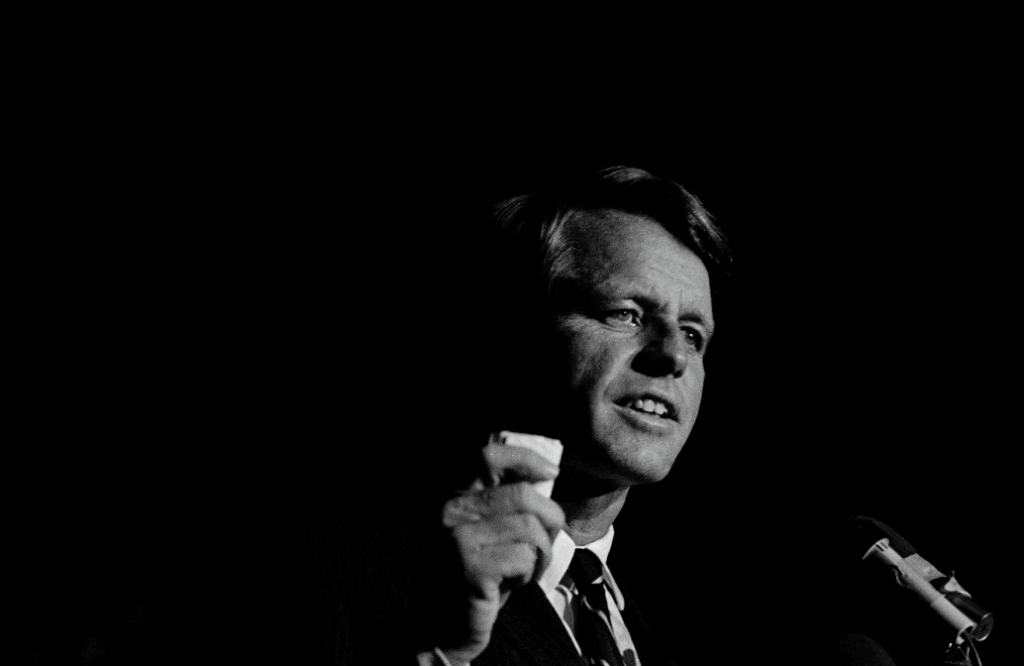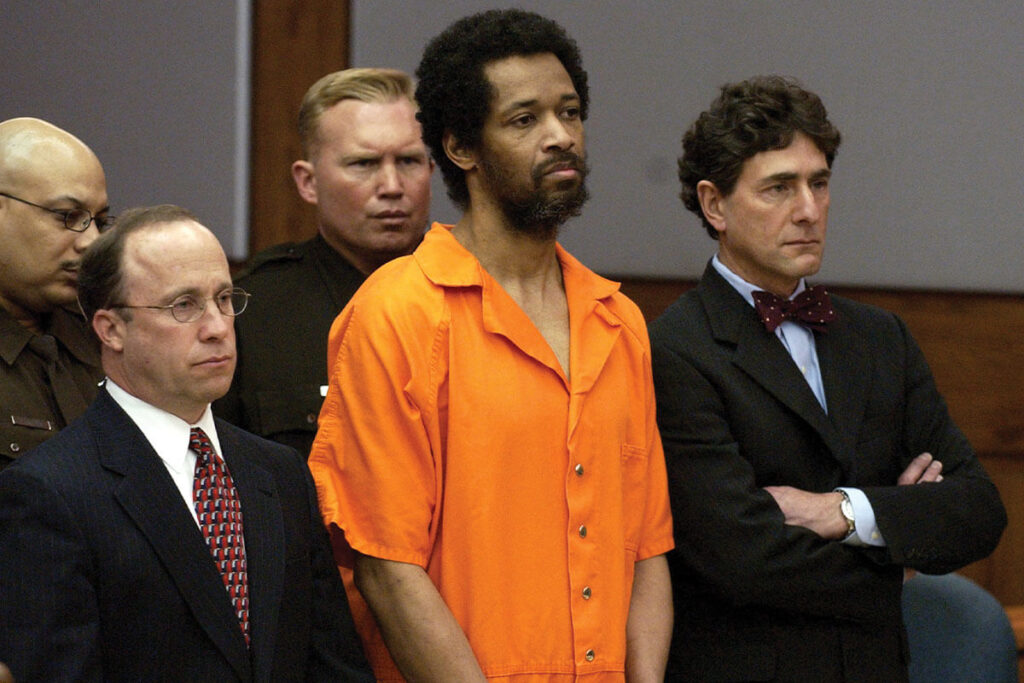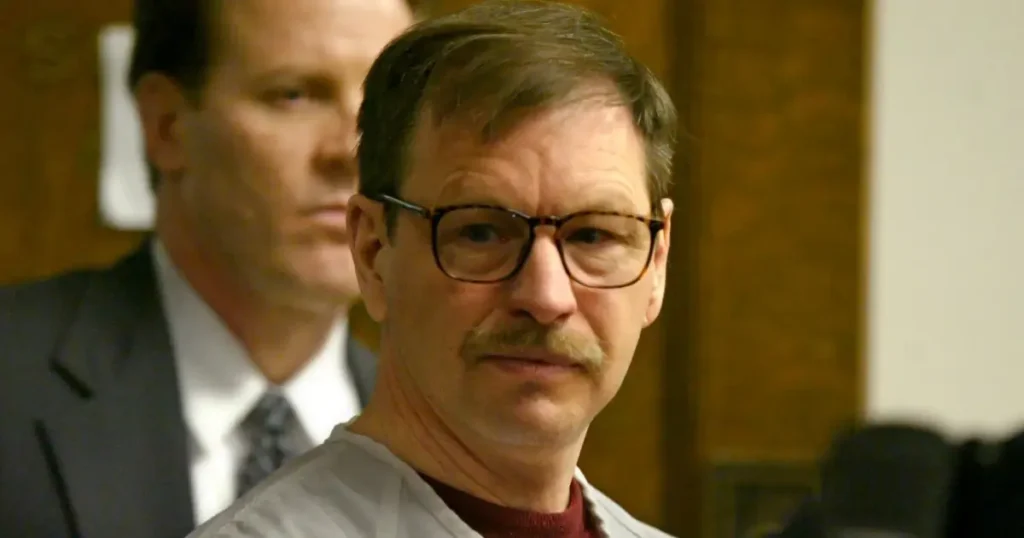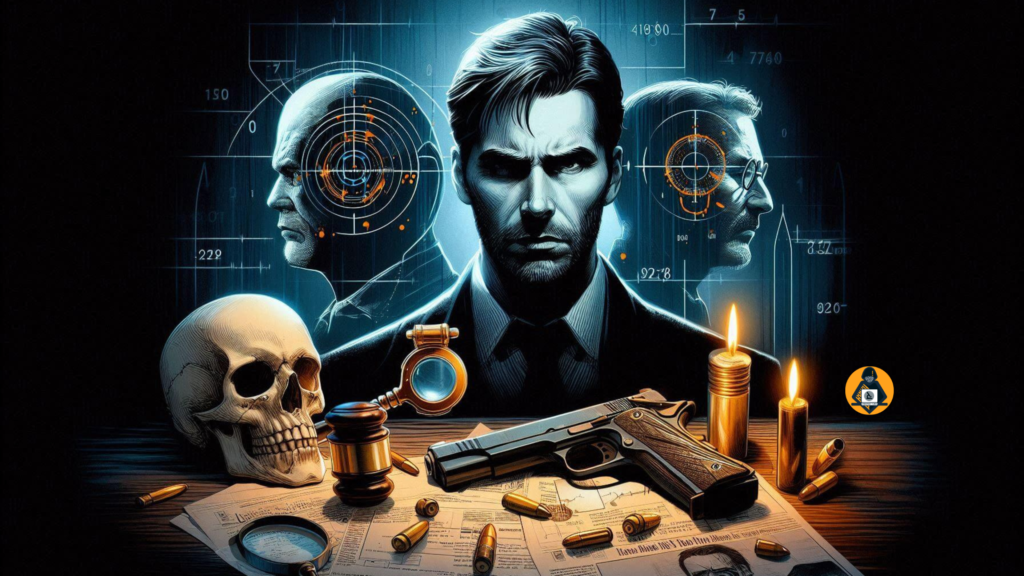Ballistic experts try to uncover the truth behind the crimes related to guns and ammunition. The rise in the crime rate using guns has also increased the need for more forensic ballistic experts in the field to uncover the truth behind numerous unsolved cases.
Forensic Ballistic investigates firearms and bullets to uncover the mysteries inside each projectile and shell casing. Ballistic Experts help solve puzzles such as who fired the last shot and why, unravel complicated storylines, and decipher the trajectory of violence.
Numerous intricate and well-known cases have been resolved thanks in large part to the knowledge and experience of forensic ballistic specialists. Some instances may appear simple, but others are particularly odd because of their peculiar circumstances, the difficulties they created, or the cutting-edge forensic methods that were employed to solve them.
5 Mysterious Cases Solved By Forensic Ballistic Experts
1. The Assassination of President John F. Kennedy

John F. Kennedy’s assassination in Dallas, Texas, on 22nd November 1963, is still regarded as one of the most closely studied incidents in American history. The horrific incident that was caught on camera in the Zapruder video startled the country and prompted a thorough inquiry.
The examination of the physical evidence, especially the gun and ammunition discovered in the Texas School Book Depository—the purported location of Lee Harvey Oswald—was mostly the responsibility of forensic ballistic experts.
The gun found at the scene, a 6.5 mm Carcano Model 91/38 infantry rifle, also known as the Mannlicher-Carcano, was the centre of the experts’ attention. They were able to compare Oswald’s rifle’s test-fired bullets with the bullets and cartridge cases that were collected from the scene and Kennedy’s body.
Ballistics matching is the process of examining the distinct striations or minute scratches that bullets leave on themselves as they go through a gun barrel. Because these striations are just like fingerprints, experts can positively identify a bullet by its specific weapon.
Forensic ballistic experts in the Kennedy assassination discovered unique markings on the rounds that matched Oswald’s rifle barrel. This was a crucial piece of information that immediately connected Oswald to the shooting. The examination of the gunshot trajectories was also essential in deciphering the order of events.
To ascertain the quantity and source of shots fired, experts looked at the angles and locations of entry of the bullets. This study supported the theory that Oswald acted alone by showing that the rounds were fired from the Texas School Book Depository and hence the famous case of John F. Kennedy was solved.
2. The Murder of Robert F. Kennedy

Senator Robert F. Kennedy was shot on 5th June 1968, in the Ambassador Hotel’s kitchen pantry in Los Angeles, California. He had just finished giving a victory speech to celebrate winning the California Democratic primary.
The nation was outraged by the assassination, which sparked a swift and thorough inquiry. With a .22 caliber Iver Johnson Cadet revolver in his possession, 24-year-old Palestinian Sirhan was quickly and conclusively identified as the culprit.
Experts in forensic ballistics played a pivotal role in the subsequent inquiry. The bullets found in Kennedy and the five other victims who were hurt in the shooting were the main subject of their investigation. The rifle barrel from which each bullet was discharged left behind different rifling patterns and markings on each round, just like fingerprints.
Ballistic experts verified that the bullets had been discharged from the firearm that had been discovered in Sirhan’s possession by contrasting these patterns with test-fired rounds from the revolver.
Apart from performing ballistic analysis, the bullets’ trajectory was meticulously scrutinized. Experts discovered the angles and trajectories taken by the gunshots, validating the places of the victims and the testimonies of witnesses.
Understanding the chronology of events and confirming that the rounds were fired from Sirhan’s direction was made possible thanks in large part to this trajectory analysis.
Many conspiracy theories that suggested multiple shooters or further involvement were leveled at the probe. Nonetheless, the forensic ballistic experts’ meticulous work was essential in uncovering the facts. The trajectory study and the compatibility of the bullet markings with Sirhan’s pistol confirmed that Sirhan was the only shooter.
In 1969, Sirhan was found guilty of first-degree murder after a trial. After the capital penalty laws in California were declared unconstitutional by the state’s Supreme Court in 1972, the man’s original death sentence was commuted to life in prison.
The comprehensive and in-depth forensic ballistic investigation confirmed Sirhan’s involvement in the assassination and gave a strong basis for the prosecution’s case, despite continuous arguments and conspiracy theories.
3. The Beltway Snipers
A three-week period of sniper assaults that left ten people dead and numerous more injured in October 2002 sent shockwaves through the Washington, D.C. metropolitan region. The attacks occurred in public places such as parking lots and petrol stations, and their seeming randomness made the case for law enforcement more difficult.
The snipers struck without notice, leaving no clear pattern or reason, and the populace was on edge. The inquiry that ultimately resulted in the apprehending and conviction of the offenders, John Allen Muhammad and Lee Boyd Malvo, was greatly aided by forensic ballistic specialists.

However, the careful examination of the bullets and ammunition casings found at the various crime scenes marked a turning point in the investigation.
The experts started by looking at the distinctive markings on the cartridge casings and bullets. These marks are similar to firearm fingerprints and are referred to as striations and firing pin impressions. The forensic experts connected bullets and shell casings from several crime scenes—including the Beltway sniper attacks—to a single weapon, a Bushmaster XM-15 rifle.
This crucial piece of information helped the investigators focus their search. In addition to establishing a connection between the many shootings, the forensic investigation assisted law enforcement in comprehending the sniper’s techniques and approach. According to the ballistic data, the gunman was firing a powerful rifle from a concealed location, frequently from the trunk of a car that had been modified to allow the shooter to fire covertly.
When a car connecting the link with the snipers was found, detectives made progress in addition to the ballistic evidence. At a Maryland rest area, a blue 1990 Chevrolet Caprice that fit the descriptions provided by witnesses was discovered. Police discovered the Bushmaster XM-15 gun, extra ammunition, a scope, and other materials inside the car that connected Muhammad and Malvo to the shootings.
The dread that had paralyzed the area ended with the arrests of Lee Boyd Malvo and John Allen Muhammad. Their convictions were largely made possible by the ballistic evidence. Forensic ballistic experts provided testimony throughout the trials regarding the distinct markings on the bullets and casings, which connected them to the Bushmaster XM-15 rifle that was discovered in the suspects’ possession.
This evidence was crucial in proving that the shooting spree was carried out by Muhammad and Malvo. In 2009, John Allen Muhammad was sentenced to death. Lee Boyd Malvo, who was 17 years old when the crimes occurred, received a life sentence without the chance of release.
4. The Unabomber Case
From 1978 to 1995, a string of bombings that took place over almost two decades were carried out by Theodore Kaczynski, also referred to as the Unabomber. His attacks resulted in serious injuries and fatalities and were directed towards scientists, airline executives, and university professors.
One of the most well-known and intricate investigations in FBI history resulted from this case. 1978 saw the start of Kaczynski’s bombing campaign, which lasted until his 1996 arrest. He carried out 16 bombings throughout the years, which left 23 people injured and 3 people dead.

His anti-technology and anti-industrialization stance was reflected in the targets, which included leaders in the technology industry and academic staff.
Forensics experts examined the parts of the bombs used in the assaults. They looked over the explosive devices’ metal casings, fuses, and other components. These elements disclosed distinguishing characteristics that were vital in connecting the bombs to a lone offender.
Investigators discovered that some design characteristics, like the use of specific screw types and wood for the casings, were shared by Kaczynski’s devices. Because the bombs were expertly made and shared a common construction style, ballistic experts were able to connect the devices.
The bomb components’ forensic examination revealed that the devices’ manufacturing processes and materials were comparable. The idea that one person was in charge of all the bombings was reinforced by this data.
Kaczynski threatened more violence if the manifesto “Industrial Society and Its Future” was not published when he mailed it to many prominent publications in 1995. His anti-technology views and the reasons behind the attacks were explained in the manifesto.
David Kaczynski, the brother of Theodore Kaczynski, surmised that his brother Theodore was the author of the manifesto after noticing the writing style. David’s notification of the authorities resulted in a more targeted probe.
Theodore Kaczynski was apprehended by the FBI in April 1996 at his isolated Montana cabin, based on the information he had given his brother and the forensic evidence connecting the bomb’s components. A protracted and rigorous inquiry came to an end with the arrest.
In 1998, Theodore Kaczynski eventually entered a guilty plea to all charges, including several counts of murder and explosives use. He received a life sentence without the chance of release.
The Kaczynski case demonstrated how useful bomb analysis and forensic ballistics are in resolving intricate criminal cases. One of the most important factors in connecting Kaczynski to the crimes was the thorough inspection of the bomb’s components and the identification of particular patterns and materials.
5. The Green River Killer Case
One of the most well-known serial killers in American history is Gary Ridgway, also referred to as the Green River Killer. 49 women in Washington State were killed by Ridgway, who was active mostly in the 1980s and 1990s. His violent and evasive patterns throughout his crimes made the investigation very difficult.
The early 1980s saw the start of Ridgway’s killing rampage, which lasted until his capture in 2001.
The majority of his victims were young women, many of them were erotics or fugitives. Usually, Ridgway would entice his victims with the promise of a ride or money, then take them to a remote location where he would strangle them. He frequently dumped their bodies in or close to the Green River and other forested locations in the Seattle region.

Forensic ballistic experts were employed to examine various kinds of evidence connected to Ridgway’s murders, even though he did not employ weapons in his killings. Items including the victims’ personal belongings and any traces of evidence that might be connected to Ridgway or the crime scenes were analyzed by forensic experts.
Rather than using ballistics, DNA and trace evidence constituted the majority of the forensic evidence in Ridgway’s case. An essential connection to Ridgway was made possible by genetic material discovered on the victims’ bodies and personal possessions. Furthermore, forensic examination of hair samples and fibres aided in establishing links between the victims and Ridgway’s apartment and cars.
Despite intense investigations by law enforcement organizations, Ridgway managed to elude capture for years. Although he was considered a suspect by the police, he was not taken into custody until strong evidence connected him to the crimes.
Thanks to developments in DNA technology, the case was reopened in the late 1990s. DNA and other forensic evidence taken from crime scenes were vital in establishing Ridgway as a suspect.
After Ridgway was connected to multiple victims through DNA evidence, he was taken into custody in November 2001. Ridgway admitted to the killings as part of a plea agreement to avoid being executed, giving specifics about his crimes that only he would know.
The case was resolved and some of the remains that had not been previously retrieved were found thanks in large part to his confession and investigators’ cooperation.
Conclusion
Forensic Ballistics has come a long way and with modern technologies it has become quite easy to connect the firearm with the suspect/criminal. However, the role of ballistic experts has not decreased. In fact, with the extreme rise in the crime rate around the world, their role has become even more critical.
These cases above are a testament to the patience of the experts who with the help of science and knowledge helped law in convicting the criminals and help solve the most famous cases of all time.

